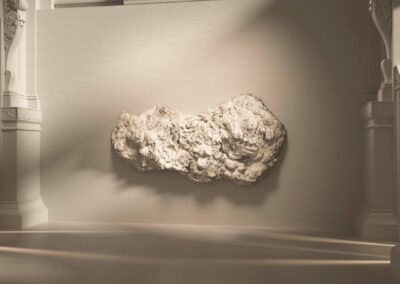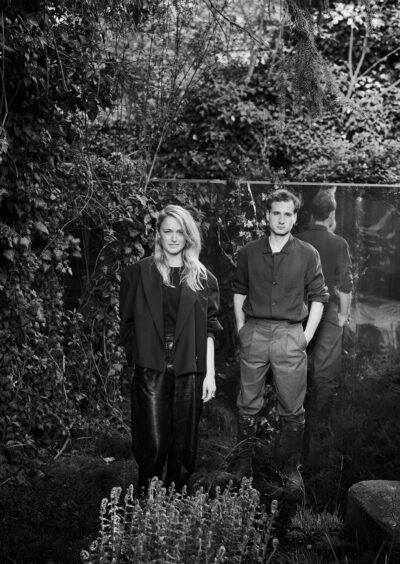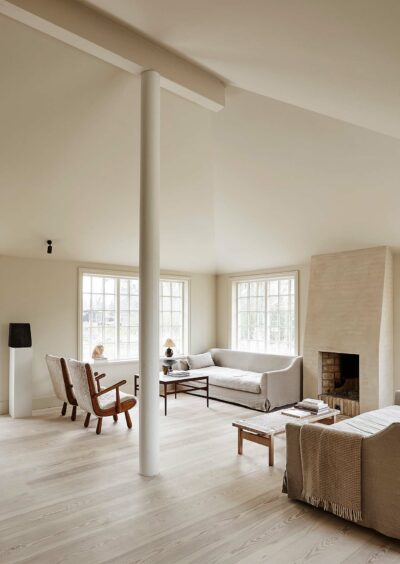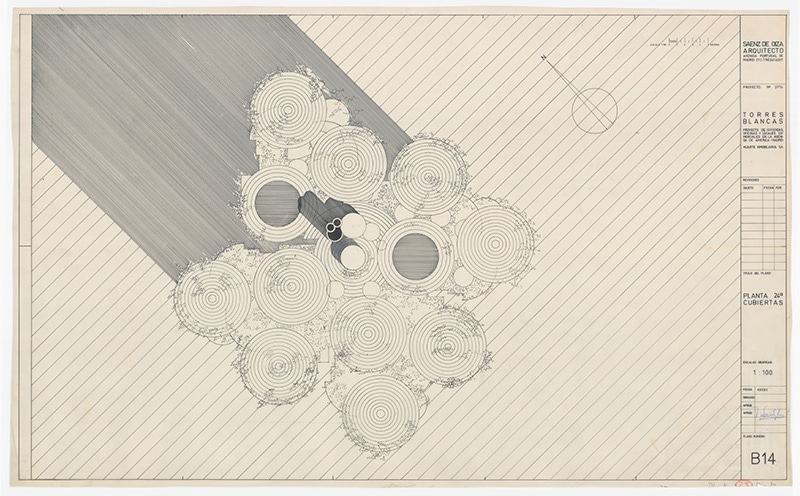
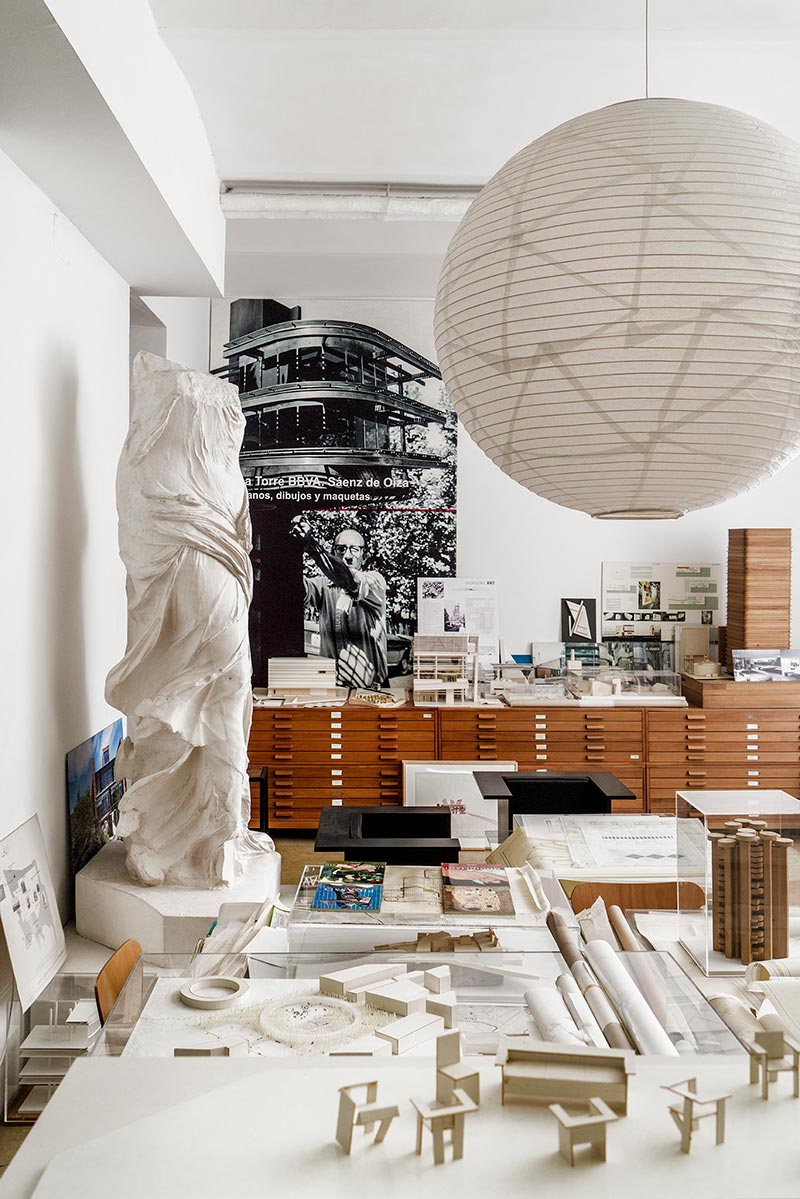
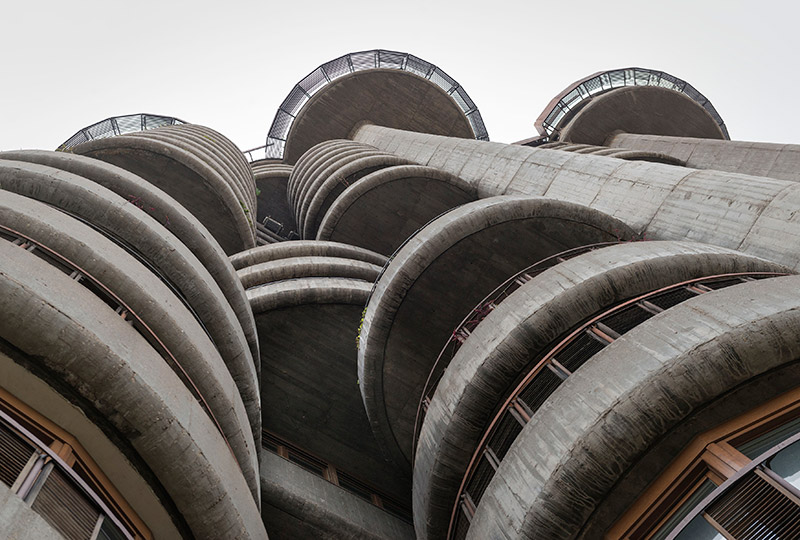
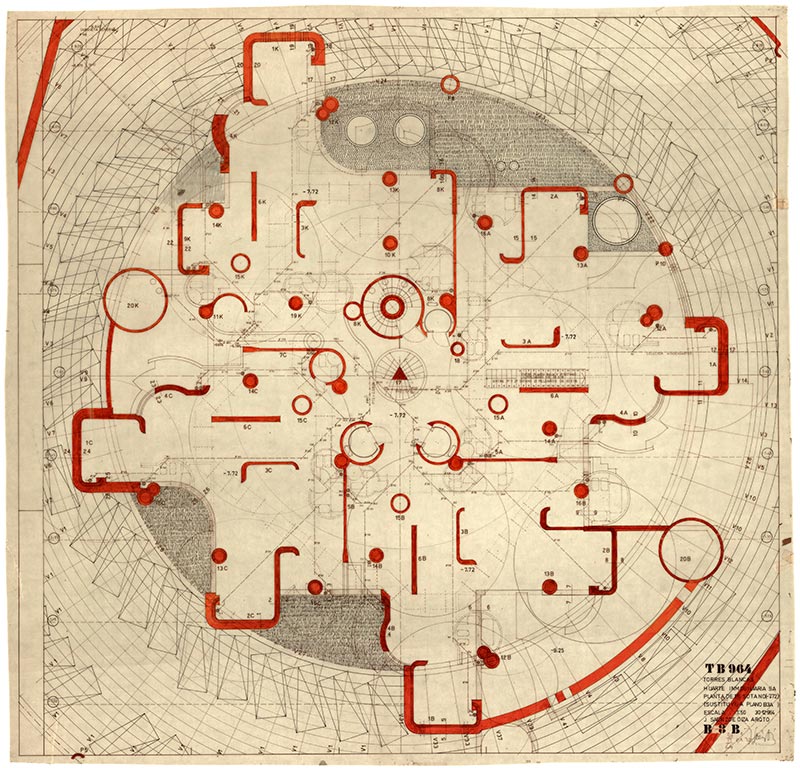
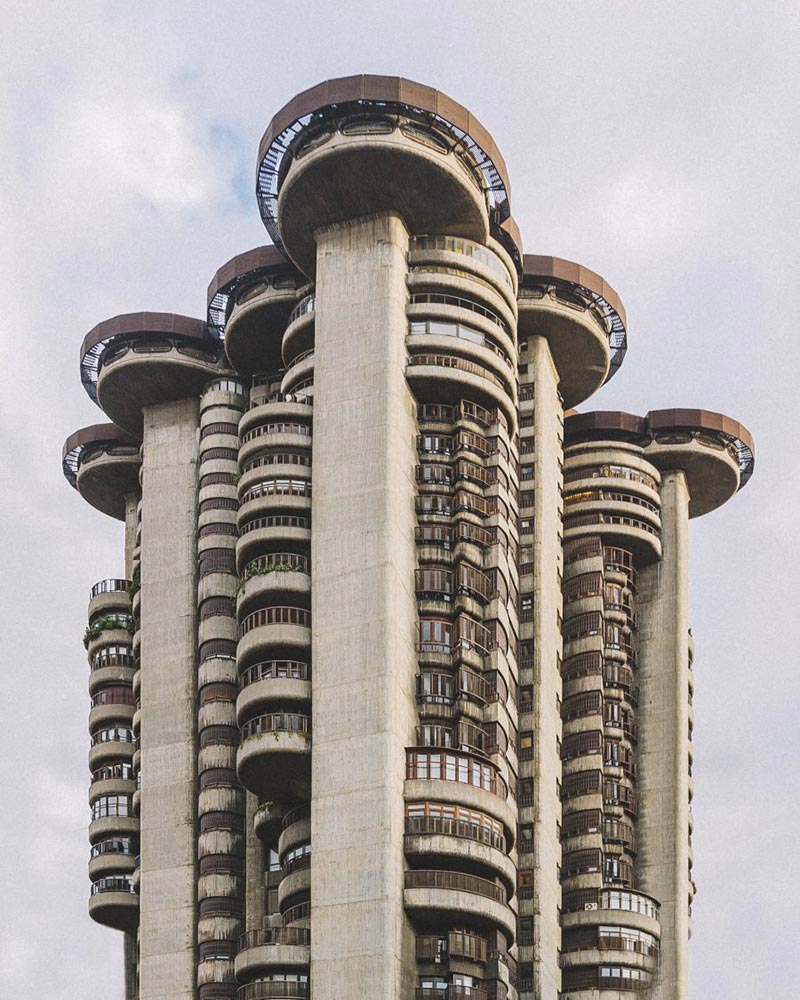
FRANCISCO JAVIER SÁENZ DE OIZA’S TORRES BLANCAS
ARCHITECTURE
A RETROSPECTIVE AT MADRID’S MUSEO ICO CELEBRATES THE ICONOCLASM OF SPANISH ARCHITECT FRANCISCO JAVIER SÁENZ DE OIZA (1918 – 2000), RETURNING ATTENTION TO HIS 1960S MASTERPIECE OF SPANISH ORGANICISM, THE TORRES BLANCAS.
Navarra-born, Francisco Javier Sáenz De Oiza is regarded as one of the most prolific Spanish architects of the twentieth century. In the 1950s, following an unimaginative return to the neo-classical style under Generalissimo Franco, Oiza, with peers Francisco de Asis Cabrero, and Miguel Fisac, began integrating international architectural vernaculars in their search for a Spanish Modernism.
Oiza, who spoke of being, “born in the middle-ages and living in the avant-garde of the twentieth century”, initially practiced a rational geometric modernism before moving towards a rebellious organicism style exemplified in his social housing projects in Madrid. The Spanish Modern Movement that consolidated itself sprung from this contradiction; embracing a true modern architecture and simultaneously participating in an exaggerated organic revisionism. This was a style that sought to reconcile human-built structures with nature, the precision of Mies van der Rohe in communion with the naturalness of Frank Lloyd Wright.
The contradictions of the movement, as well Oiza’s singular syncretic talent, is exemplified by his Torres Blancas urban housing project commissioned by John Huarte in 1961 and completed in 1969. “Torres Blancas is a communion of the prairie homes of Frank Lloyd Wright, the Kingo Houses of Jørn Utzon and the power of Le Corbusier” says Oiza’s son Javier Sáenz Guerra, of his father’s masterpiece. A centrepiece of Madrid’s skyline, Torres Blancas appears as a vertical-garden growing upward 71-metres. The volume of the cast-in-place concrete tower is created by a cylindrical structure that is integrated with smaller curvilinear forms and surrounded by curved balconies. These secondary structures zag asymmetrically from side-to-side and are grouped in a manner akin to that of leaves on branches. The structural typology of the cylinders cluster at the top and expand in diameter to house the apartment’s communal facilities including the rooftop pool.
The apartment building remains the exclamation point of Madrid’s skyline, a bubbling and biology-like lighthouse and much sought after residence for the city’s social elite. “Torres Blancas relates to the image of a castle, as a place of protection,” says Guerra. “It holds an important place in Madrid as a symbol, as part of a myth.”
‘Sáenz de Oíza. Artes y Oficios’ at Madrid’s Museo ICO explores de Oiza’s projects through the lens of his relationships with artisans and craftspeople. The exhibition was part of the Madrid Design Week program and runs until the 26th of April 2020.
WORDS Tili Amelia Bensley-Nettheim
PHOTOGRAPHY Museo ICO, Ana Amado, Boluddha
EXPECT THE UNEXPECTED
— LOEWE FOUNDATION CRAFT PRIZE
Promoting modernisation of tradition within the realm of craft, the Loewe Foundation Craft Prize 2022 is now open for submissions. Ark Journal talked to Chairperson of the Jury, Anatxu Zabalbeascoa, about contemporary craft and it’s impact through the fifth edition of the award.
SHAPED MEMORY
— MALENE HVIDT & NIKOLAJ LORENTZ MENTZE
Designed with rigour and made with love and care, a modest 1980s home is reimagined by architect Malene Hvidt and designer/maker Nikolaj Lorentz Mentze to express their formative values.
RECREATING HISTORY
— DANIELLE SIGGERUD
In personal as well as professional projects, Danielle Siggerud respects the past but also sheds and refines before creating tailored layers of significance.

FRANCISCO JAVIER SÁENZ DE OIZA’S TORRES BLANCAS
ARCHITECTURE
A RETROSPECTIVE AT MADRID’S MUSEO ICO CELEBRATES THE ICONOCLASM OF SPANISH ARCHITECT FRANCISCO JAVIER SÁENZ DE OIZA (1918 – 2000), RETURNING ATTENTION TO HIS 1960S MASTERPIECE OF SPANISH ORGANICISM, THE TORRES BLANCAS.
Navarra-born, Francisco Javier Sáenz De Oiza is regarded as one of the most prolific Spanish architects of the twentieth century. In the 1950s, following an unimaginative return to the neo-classical style under Generalissimo Franco, Oiza, with peers Francisco de Asis Cabrero, and Miguel Fisac, began integrating international architectural vernaculars in their search for a Spanish Modernism.
Oiza, who spoke of being, “born in the middle-ages and living in the avant-garde of the twentieth century”, initially practiced a rational geometric modernism before moving towards a rebellious organicism style exemplified in his social housing projects in Madrid. The Spanish Modern Movement that consolidated itself sprung from this contradiction; embracing a true modern architecture and simultaneously participating in an exaggerated organic revisionism. This was a style that sought to reconcile human-built structures with nature, the precision of Mies van der Rohe in communion with the naturalness of Frank Lloyd Wright.
The contradictions of the movement, as well Oiza’s singular syncretic talent, is exemplified by his Torres Blancas urban housing project commissioned by John Huarte in 1961 and completed in 1969. “Torres Blancas is a communion of the prairie homes of Frank Lloyd Wright, the Kingo Houses of Jørn Utzon and the power of Le Corbusier” says Oiza’s son Javier Sáenz Guerra, of his father’s masterpiece. A centrepiece of Madrid’s skyline, Torres Blancas appears as a vertical-garden growing upward 71-metres. The volume of the cast-in-place concrete tower is created by a cylindrical structure that is integrated with smaller curvilinear forms and surrounded by curved balconies. These secondary structures zag asymmetrically from side-to-side and are grouped in a manner akin to that of leaves on branches. The structural typology of the cylinders cluster at the top and expand in diameter to house the apartment’s communal facilities including the rooftop pool.
The apartment building remains the exclamation point of Madrid’s skyline, a bubbling and biology-like lighthouse and much sought after residence for the city’s social elite. “Torres Blancas relates to the image of a castle, as a place of protection,” says Guerra. “It holds an important place in Madrid as a symbol, as part of a myth.”
‘Sáenz de Oíza. Artes y Oficios’ at Madrid’s Museo ICO explores de Oiza’s projects through the lens of his relationships with artisans and craftspeople. The exhibition was part of the Madrid Design Week program and runs until the 26th of April 2020.
WORDS Tili Amelia Bensley-Nettheim
PHOTOGRAPHY Museo ICO, Ana Amado, Boluddha




